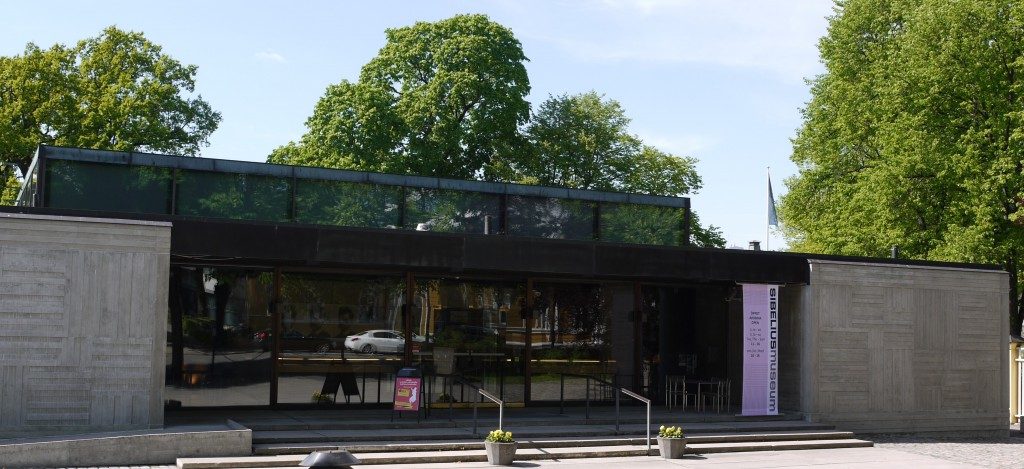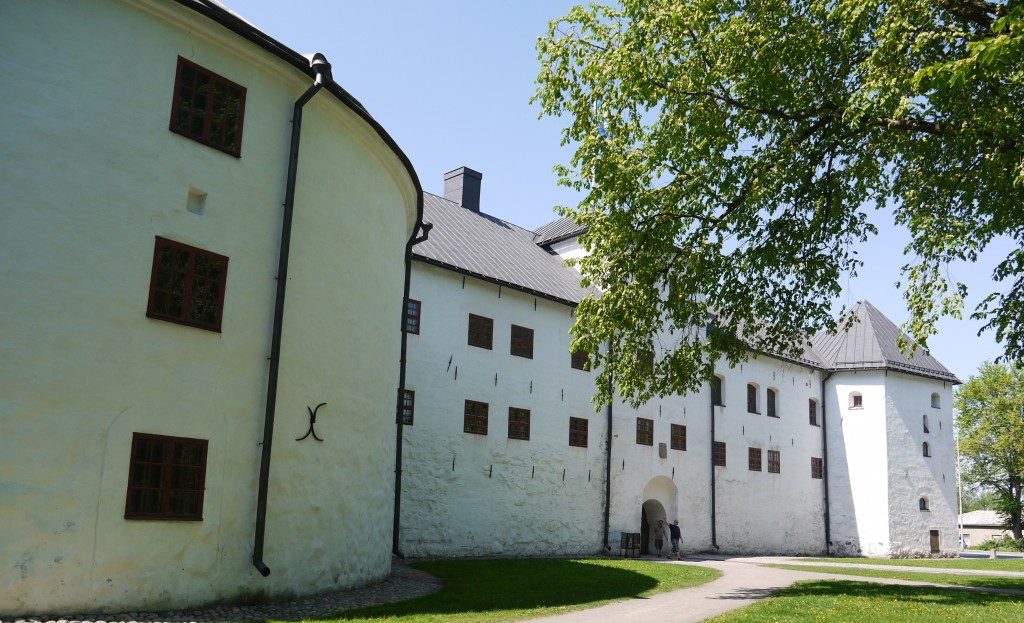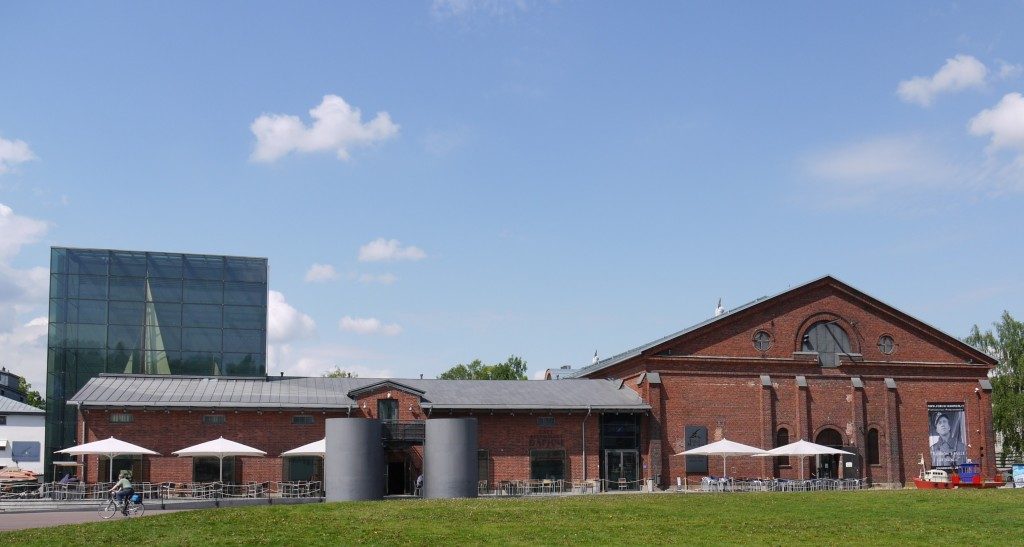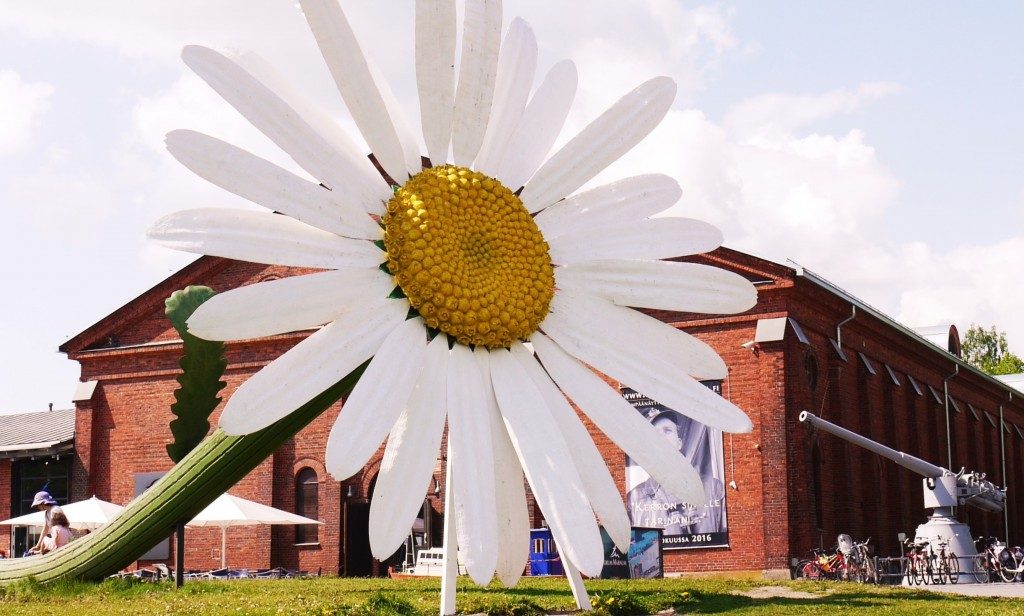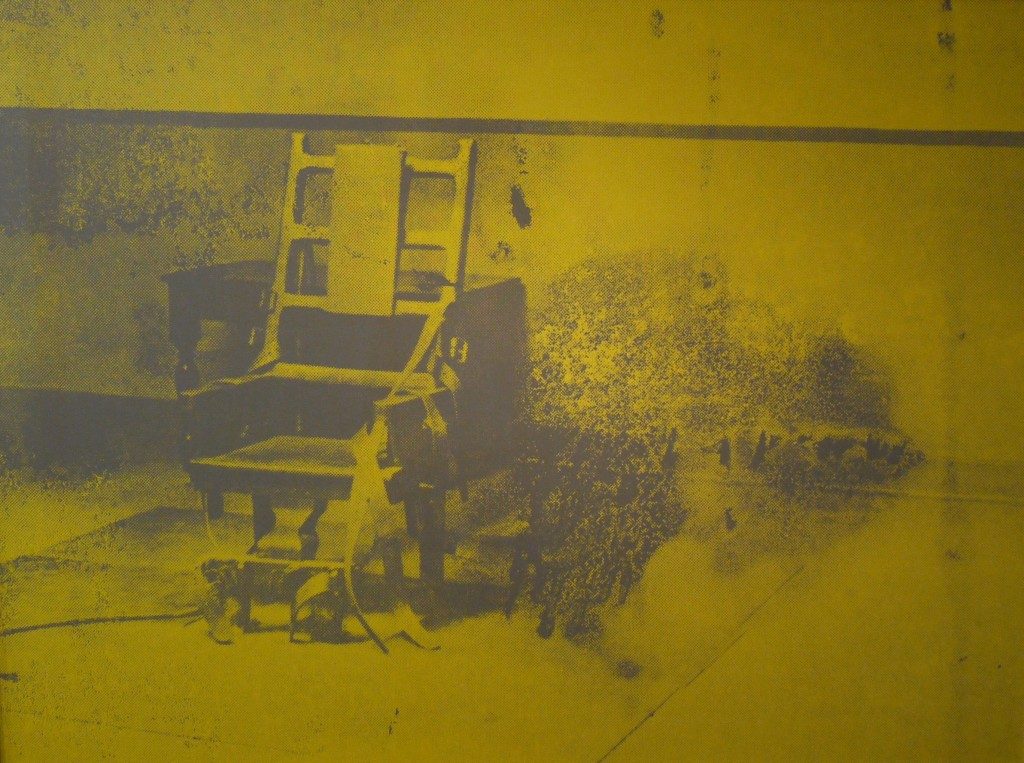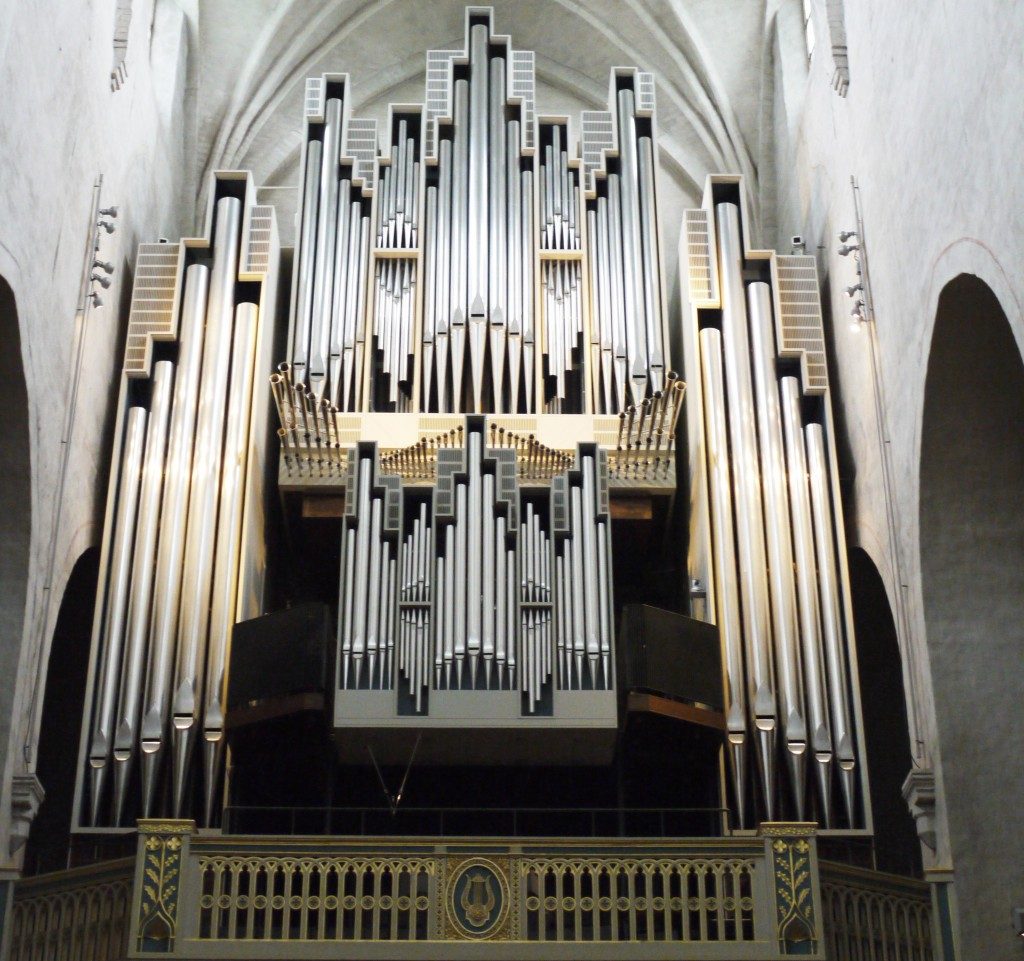The city of Turku was Finland’s capital for hundreds of years, so it should come as no surprise that it is blessed with abundance of cultural riches; in fact it was chosen as European Capital of Culture in 2011. One way to sample some of the numerous treats available is to take a scenic walk along the banks of the River Aura, from Turku Castle all the way up to, and past, Turku Cathedral. This simple path will bring visitors past 10 of the best sights the city has to offer, which we highlight in the following article on the Turku Culture Trail.
Turku Castle
Located alongside the Port of Turku, Turunlinna or Turku Castle has stood as a guardian at the mouth of the River Aura since the 1280s, and has, during its long history, functioned as a defensive bastion, a majestic court, an administrative centre, a prison, a store-house, and a military barracks. Today it is one of Turku’s most visited tourist attractions, and a source of considerable pride for the citizens of Finland’s oldest city.
Turku Castle has played a major role in Finland’s history, and has witnessed any number of dramatic events and turning points. The main exhibition tells of this rich history, over 800 years worth, from its earliest beginnings right up to the present. Visitors are encouraged to follow a well directed path through this immense site, taking in the countless rooms that are styled with periodic furniture, costumes, jewelry, and all manner of historical artifacts, showcasing the Castle Museum’s treasured collection. Along the way you’ll learn how life was lived here, how the castle’s residents celebrated, as well as coming to know the royal court and the lives of those who served them. Your journey takes you from the late Middle Ages, through the Renaissance, the Reformation, up to today.
Children will also find much to amuse them within Turku Castle‘s walls. One of the highlights of the exhibition are the life-sized dolls of, among others, Duke John & Catherine Jagellon, 15th century Turku merchant Valpuri Innamaa, and the castle’s sausage maker, Pylsy-Elina. They will also discover that in the Knight’s Hall of the Children’s Castle they can dress up as a knight or princess and play at being a part of a medieval court. There are Little Knight tours, as well as the Castle Workshop, the mini-court, and the Castle Elf’s treasure chamber.
The trip through the castle can be thirsty work, and whet any appetite, but both can be satisfied in Duke John’s Cellar, which serves lunch and all kinds of beverages. Souvenirs can be purchased in the Fatabur Museum Shop.
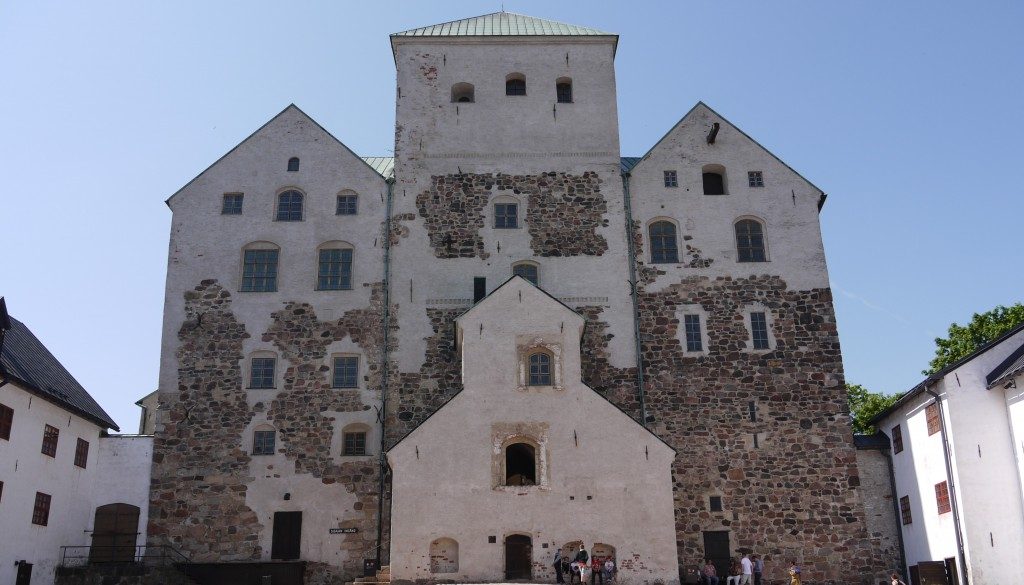
Forum Marinum
A short walk up the river, Forum Marinum is a a lively and versatile centre for maritime activities, comprising a national special maritime museum, and the Finnish Navy Museum. Last month Forum Marinum opened its latest permanent exhibition, developed around the theme “working on the sea” through different persons’ perspectives and their tasks and work on the sea and in the navy. Visitors can explore various experiences from cabin boys to officers, not forgetting the women working on the ships as well.
The new permanent exhibition takes up more than 850 square meters, and it covers large concepts, including the history of Finnish Navy and Finnish South-West maritime trade. Other themes include the culture and history of maritime rescue and the Coast Guard, professional sea fishing, farmers’ sailing trips and archipelago culture. The sea fishing theme also covers leisure fishing, which has not been exhibited in Finland before. The Navy exhibition has been renewed to include the complete history of the Finnish Navy, as well as coastal artillery and coastal infantry.
The museum provides several interesting temporary exhibitions during a year and displays also a very interesting boat collection. The maritime centre has a considerable collection of museum vessels: two tall sail ships, four naval ships and several smaller vessels, ranging from a steam harbour tugboat to a police boat. The museum ships are open during the summer months only, while the exhibitions are open throughout the year.
The exhibition “The Five Lives of Our National Treasure” is open on the Suomen Joutsen, as well as an exhibition presenting the history of the ship on board the Sigyn. There are also temporary summer exhibitions on the tween-deck of the Suomen Joutsen.
The Café Restaurant Daphne serves café delicacies and a tasty, varied buffet lunch. The Museum Shop offers maritime gifts and other articles, literature and high-quality textiles.
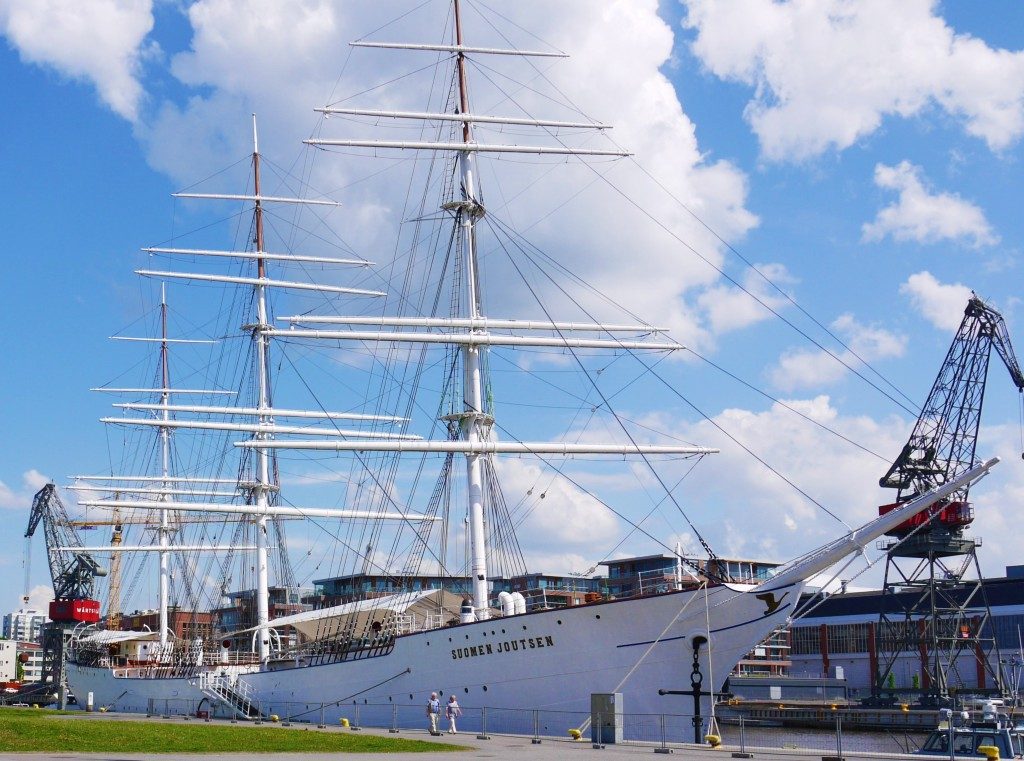
Wäinö Aaltonen Museum
Further up the river, and on the opposite bank, lies the Wäinö Aaltonen Museum (WAM), named after the famous Turku born sculptor Wäinö Aaltonen (1894–1966). Almost 50 years old now, the museum is housed in a modernist white building that has become a distinctive part of Turku’s cultural landscape. The permanent exhibition is based on the art collection of City of Turku, which includes a large collection of works by Aaltonen himself, but there are also temporary exhibitions that present new and experimental art projects. The rich calendar of events held at WAM includes events, lectures, concerts and theme days for families.
Although the museum was designed by Irma and Matti Aaltonen, Wäinö Aaltonen also took part in the design process, travelling abroad to visit numerous art museums and get a feel for what was needed to best exhibit large works of art. His influence is felt in the spacious exhibition rooms that enable the visitors to view three-dimensional art from every angle, with certain rooms reserved for specific forms of art. The upper and lower galleries were planned for miniature sculptures, paintings and graphics, whereas the main sculpture hall, with a height of 11 metres, was planned for large works of art, allowing the museum to exhibit pieces that would have been impossible to display in smaller spaces. The atmospheric atrium illuminates all the space that surrounds it. Through the large windows, the visitors are able to see the sky or the rippling water of the pool. Susanna, a bronze sculpture by Aaltonen, is kneeling by the pool. The museum is also home to the Wäinön valinta museum shop and the pleasant Café Wäinö.
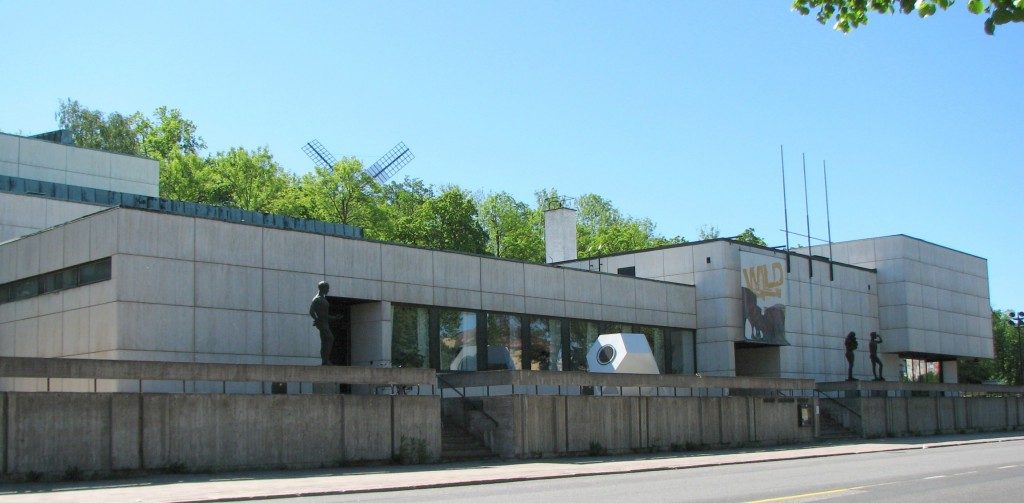
Turku Biological Museum
Already over 100 years old, the Turku Biological Museum has maintained the original idea of the museums founders. There are 13 dioramas that provide a journey through Finland’s diverse flora and fauna, from the Turku Archipelago right up to the Lapland fells. In addition to these dioramas, the museum also hosts a number of temporary exhibitions during the year, as well as hosting nature themed events. Housed in a beautiful Art Nouveau building, the Biological Museum is especially popular with families with children, and will be enjoyed by anyone with an interest in nature and cultural history.
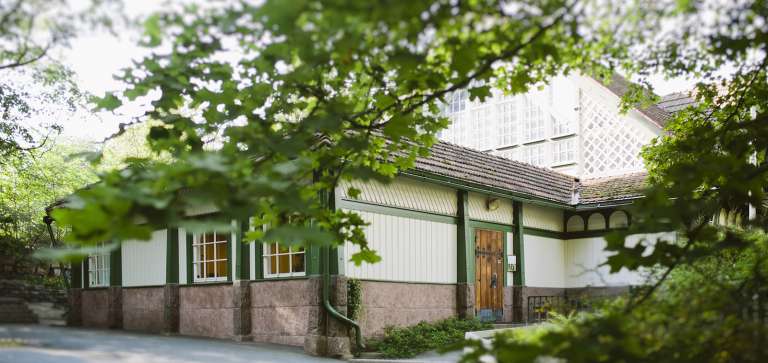
Luostarinmäki Open Air Museum
Located on a hillside just up from the River Aura, Luostarinmäki Open Air Museum is an historical gem, the only continuous district of wooden houses to survive the great fire of Turku in 1827. The buildings here are over 200 years old, and remain exactly where they were built. Originally built on the outskirts of the city where land was cheap, the district became home to craftsmen of lesser means, where they could live in a rural subsistence economy.
Today the houses of Luostarinmäki are furnished as craftsmen’s homes and workshops, with over 30 different trades represented. When these houses were being furnished as workshops for the museum, many craftsmen came to help. They donated equipment and sometimes even whole workshops. The museum’s workshops are in full function today, and every summer craftsmen of different trades come to work in them.
There are daily guided tours in Luostarinmäki in the summertime. You can get the tour in Finnish, Swedish or English, and no reservation is needed. The guided tour takes about 45 minutes. The summer culminates in August with the Handicraft Days festivities, where artisans showcase the crafts of a bygone era. At the Museum Shop Hantvärki you can buy handicraft products, publications, greeting cards, cone-packet sweets and rooster whistles. Café Kisälli, located in a nearby house from 1851, serves the museum.
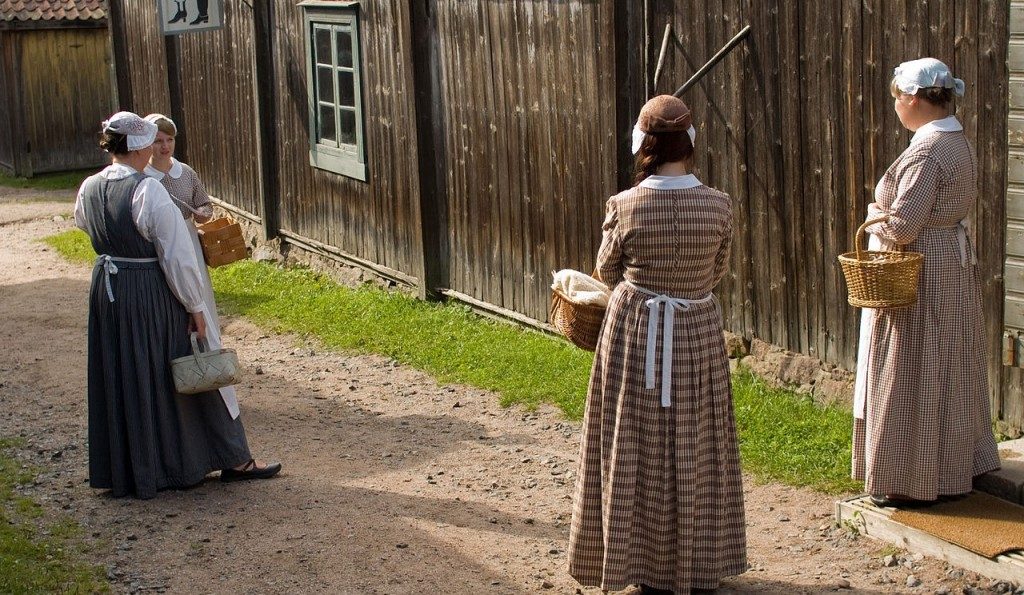
The Qwensel House & Pharmacy Museum
Continuing upstream on the opposite bank we arrive at the Pharmacy Museum and The Qwensel House, the oldest surviving bourgeois home in Turku, dating back to the early 1700’s. The Pharmacy Museum introduces the history of medicine, health and illness, with all objects on display being authentic 18th and 19th century items. The museum includes a pharmacy shop, a materials room, two laboratories, a herb room, and the exhibition halls. The furniture in the shop make up Finland’s oldest surviving pharmacy interior. There are also many rarities among the extensive collection of pharmacy paraphernalia, including Åke Lydman’s pharmacy dish collection.
The Quencil House displays the life and home of the gentry in 18th century Turku, with Rococo and Gustavian styled rooms illustrating the contemporary décor of the gentry of that era. The Quencil House is one of the best preserved of its kind in the Nordic countries, and is Turku’s oldest surviving wooden house. The stylish halls and chambers include an 18th century gentry’s apartment, once occupied by the famous professor of medicine Josef Pipping.
Quencil House cafeteria is located in the Pharmacy Museum’s inner courtyard, where they serve home-made pastries that have been prepared according to recipes from the 18th century. The inner courtyard is a cosy playground for children. In the pharmacy office small souvenirs and post cards are on sale.
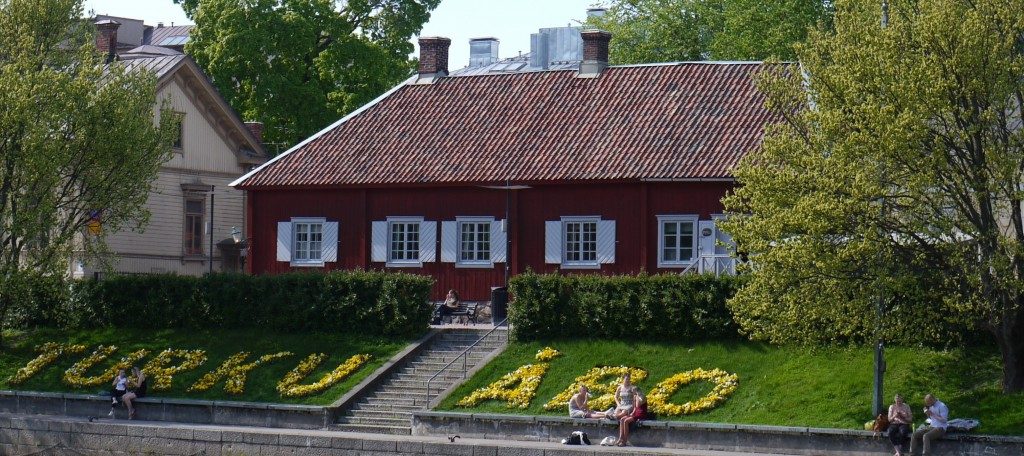
Aboa Vetus – Ars Nova
Museum of Archaeology and Contemporary Art Aboa Vetus Ars Nova is situated in the centre of Turku, Finland. The only archeological museum in Finland tells a story of old Turku, Aboa Vetus is in a town quarter discovered underground. The museum’s art exhibitions present current contemporary art and the museum’s art collection.
The collection of the Aboa Vetus Ars Nova museum includes two entities: the art collection of the Aboa Vetus Ars Nova Foundation and the collection of archaeological finds recovered from the excavations of the museum’s grounds at different times. The art collection is increased by purchases and accepting donations and the collection of Aboa Vetus is increased by archaeological excavations carried out in the museum area constantly providing more insight into life centuries ago.
The museum’s high-quality contemporary art exhibitions highlight current artists and phenomenas. The Aboa Vetus Ars Nova Foundation Art Collection is a varied assemblage of works from the recent history of Finnish and other Western art. The collection’s oldest works date from the end of the 19th century, but the emphasis is on works originating from after the 1950s to the present day.
Aboa Vetus & Ars Nova’s museum shop is the most extensive in Turku, offering everything from wonderful jewellery to toys, cards, books and other souvenirs, while the museum’s cosy cafe is also a great place to pause for a cup of coffee or a spot of lunch.
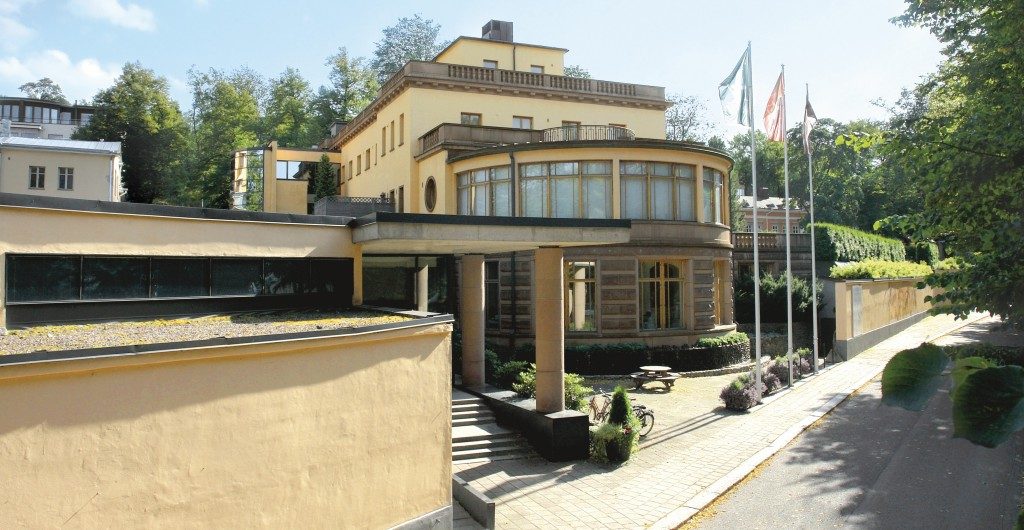
Turku Cathedral
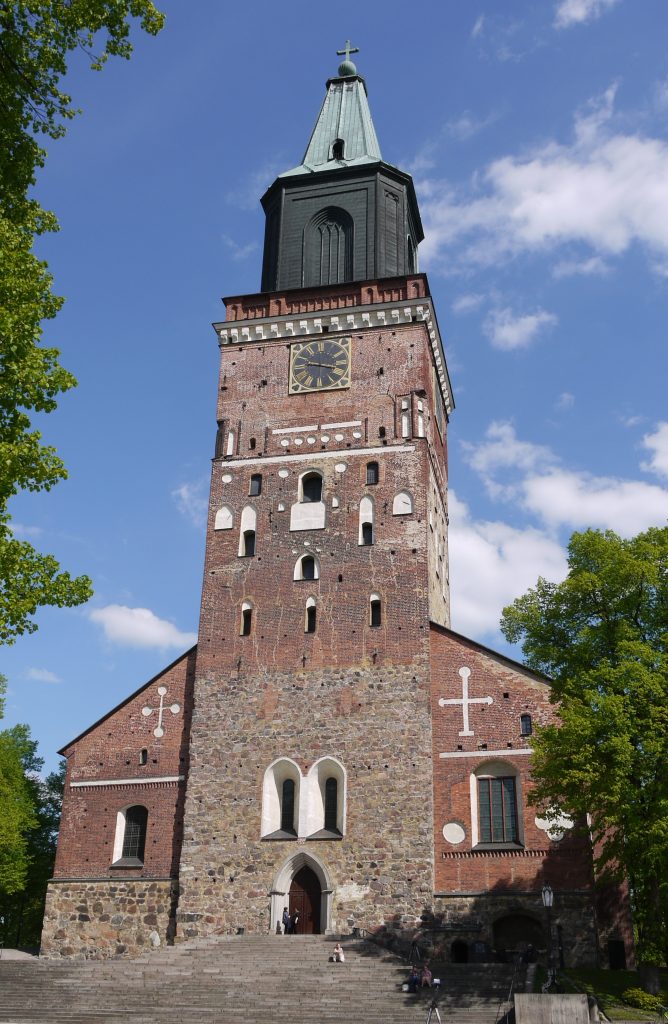
A hundred yards or so further up the river stands Finland’s National Sanctuary, Turku Cathedral, considered to be the most important religious building, and the most important historical monument, in Finland. Consecrated in 1300, the church is dedicated to both the Virgin Mary and the country’s first Bishop, St. Henry.
Throughout the Cathedral the history of Finland is reflected in the details, and it is the final resting place of a number of notable figures including Karin Månsdotter and Princess Sigrid, a queen and princess of Sweden, as well as two bishops and three captains of war. The Cathedral Museum is located in the south gallery and explores its history from the early 1300s through the great fire and onto modern days, with sculptures of saints and church silverware from the Middle Ages. The altarpiece was painted in 1836 by Fredrik Westin, and the reredos were designed by Carl Ludvig Engel. Robert Wilhelm Ekman decorated the walls and roof of the chancel with frescos in the Romantic style. There are three organs in the cathedral, with the main organ built in 1980 with 81 ranks.
Adjacent to Turku Cathedral is the Old Great Square, an area rich in history, which used to be the town centre in Turku. It was an important trading place and the administrative centre of Turku from the 13th century until the early 19th century. There are four historically significant buildings in the Square, Brinkkala Mansion, the Old Town Hall, Hjelt Mansion, and Juselius Mansion. There are also three fine art galleries to enjoy, the Brinkala Gallery, the The Old Town Hall Gallery, and Gallery Grey.
Ett Hem Cultural Home Museum
Situated just behind Turku Cathedral the Ett Hem Cultural Home Museum was once the private home of consul Alfred Jacobsson and his wife Hélène, and has been preserved for posterity to illustrate bourgeois life in Turku at the turn of the 20th century. Ett Hem has a number of works of art from that period, as well as a collection of different artifacts which characterize the period.
In their will the Jacobssons donated their 19th century house to Åbo Akademi as a museum, with the idea being to preserve the atmosphere of upper class life in Turku. At that time they owned a two floor building at Hämeenkatu 30, a property that had been designed by Carl Ludwig Engel. Later the interiors were moved to more humble surroundings – the museum is now situated in a wooden empire style building. The age and style of the different artifacts vary, but as a whole “Ett hem” is decorated according to the neo-renaissance principles. The museum has both a cultural and historical value. Especially important is the art collection, where most of the famous Finnish artists of the period around 1900 are represented.
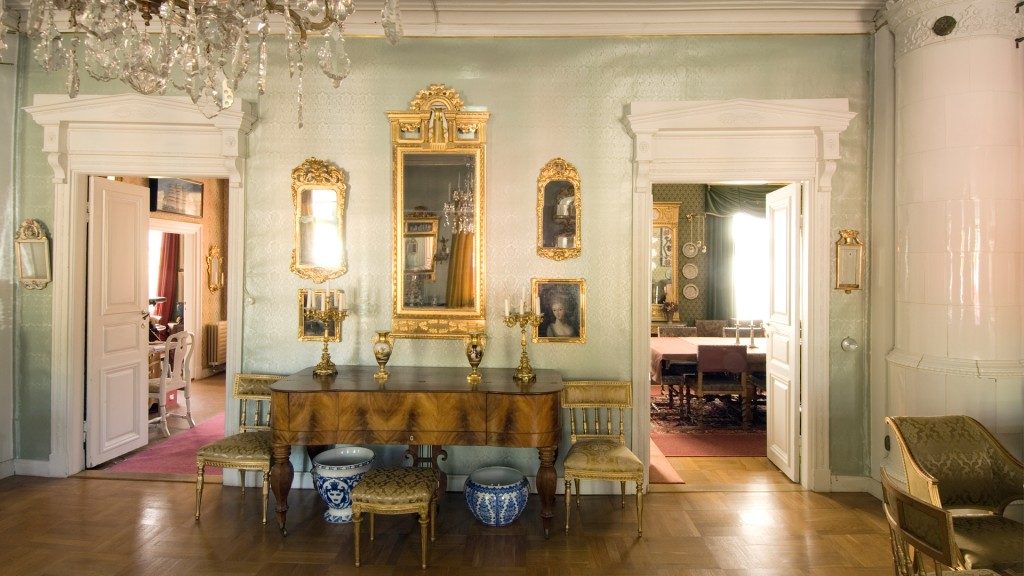
Sibelius Museum
Just a little further along lies the Sibelius Museum, the most significant Finnish museum of music, named for the most famous Finnish composer, Jean Sibelius, and the last stop on our Turku Culture Trail. Housed in a building, designed by Woldemar Baeckman that is one of the most original Finnish creations of the 1960s and considered to be a pearl of modernist architecture, it is the only museum totally devoted to music in Finland. The museum exhibits the life of the great composer, as well as an interesting collection of instruments from Finland and elsewhere.
The main exhibition of the Sibelius Museum presents different aspects of Finnish musical culture, as well as offering glimpses into the musical cultures of other European and non-European countries. In the downstairs Organ hall a number of Finnish keyboard instruments and the organ collection of the museum are displayed. In addition to the permanent exhibition, Sibelius Museum also organises temporary exhibitions, and during the spring and autumn seasons it hosts concerts in the Chamber Music Hall.
